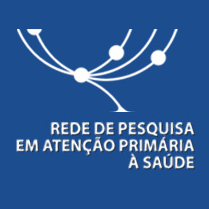Airborne transmission is a recognized pathway of contagion; however, it is rarely quantitatively evaluated. The numerous outbreaks that have occurred during the SARS-CoV-2 pandemic are putting a demand on researchers to develop approaches capable of both predicting contagion in closed environments (predictive assessment) and analyzing previous infections (retrospective assessment).
This study presents a novel approach for quantitative assessment of the individual infection risk of susceptible subjects exposed in indoor microenvironments in the presence of an asymptomatic infected SARS-CoV-2 subject. The application of a Monte Carlo method allowed the risk for an exposed healthy subject to be evaluated or, starting from an acceptable risk, the maximum exposure time. We applied the proposed approach to four distinct scenarios for a prospective assessment, highlighting that, in order to guarantee an acceptable risk of 10− 3 for exposed subjects in naturally ventilated indoor environments, the exposure time could be well below one hour. Such maximum exposure time clearly depends on the viral load emission of the infected subject and on the exposure conditions; thus, longer exposure times were estimated for mechanically ventilated indoor environ- ments and lower viral load emissions. The proposed approach was used for retrospective assessment of docu- mented outbreaks in a restaurant in Guangzhou (China) and at a choir rehearsal in Mount Vernon (USA), showing that, in both cases, the high attack rate values can be justified only assuming the airborne transmission as the main route of contagion. Moreover, we show that such outbreaks are not caused by the rare presence of a superspreader, but can be likely explained by the co-existence of conditions, including emission and exposure parameters, leading to a highly probable event, which can be defined as a “superspreading event”.


